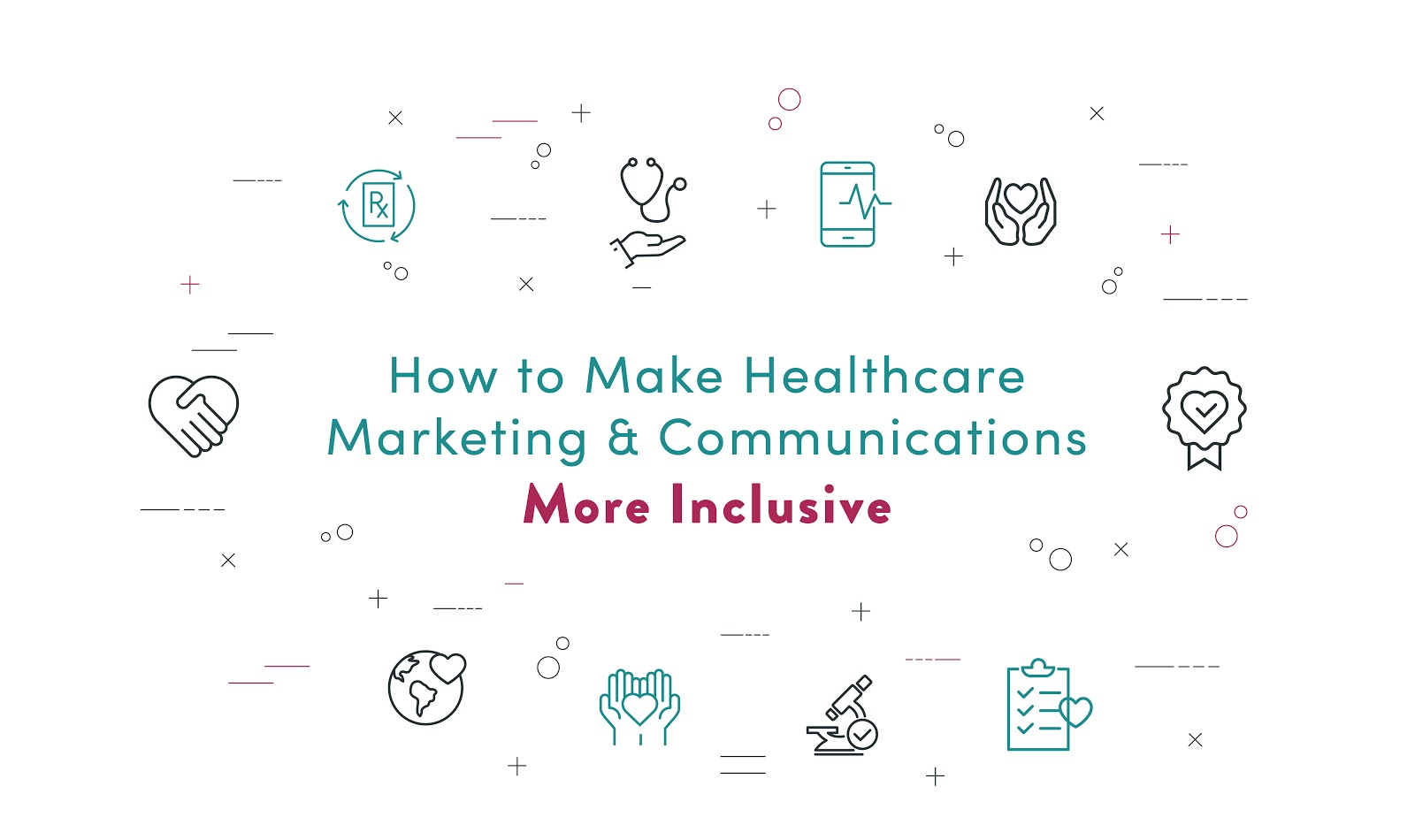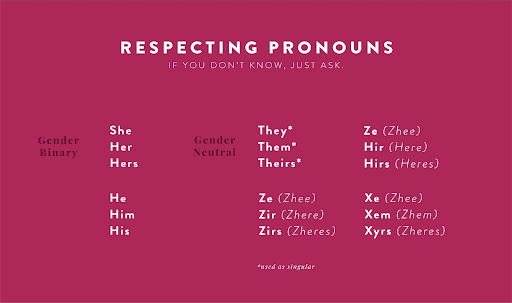How to Make Healthcare Marketing & Communications More Inclusive
Jan 13, 2020 Brendan Monahan
With the 2020 presidential race in full swing, CNN hosted a town hall last fall with the top Democratic presidential candidates. It was dedicated to just one, deserving topic: equality among the LGBTQ+ population.
The forum highlighted issues that are of greatest concern for members of the LGBTQ+ population and largely focused on how Democratic presidential candidates pledge to address them. The nature of the discussion, however, extended far beyond the political process. It highlighted various parts of American life--that require dramatic improvements--in pursuit of inclusion and equality on behalf of the more than 13 million Americans who identify as members of the LGBTQ+ population (*Gallop, 2018).
This includes health care and extends well beyond an organization’s public image, though. Communicating in an inclusive manner can have real-life health consequences. There is a well-documented correlation between a patient’s sense of comfort/acceptance and their willingness to be forthcoming/honest with a provider or accept that provider’s medical advice. We want our providers to respect and understand us (to at least some degree) if we are going to reveal the most vulnerable and personal aspects of our lives to them. This is true for all people and demographics, including the LGBTQ+ community. It’s simple: if people don’t feel accepted, they will avoid seeking or following through on (potentially serious) medical care. In this way, cultural competency has serious long term impacts to people.
The Society for Healthcare Strategy and Market Development held its annual conference in September, where members of the University of Virginia Health System addressed this issue and how their organization has diligently worked to become increasingly inclusive toward the LGBTQ+ population.
As communicators, we have a responsibility to make health care communications more inclusive and effective. Here are five tips that the UVA team suggest to get started:
- REPRESENT THE COMMUNITY YOU SERVE. Treat the LGBTQ+ community as an equal demographic, including representation of diverse patient spokespeople and hospital staff in all of your marketing collateral, digital content, social media and earned media. If the LGBTQ+ community is respected within your community, your staff and your viewing public should be able to easily deduct that from the way in which you communicate and the messages you share. This will help to build much-needed trust among the LGBTQ+ population.
- MAKE RESOURCES AVAILABLE & VISIBLE: Ensure that the entire patient journey, from the website to the marketing collateral in waiting rooms are aligned with appropriate language that reflects LGBTQ+ inclusion. If you have the desire to be an inclusive and equal organization for any and all patients in need of care, do not shy away from communicating in a way that reflects that commitment. For example, if your health care facility has a transgender service line, ensure that it has a prominent place on your website and is easy to navigate.
- USE INCLUSIVE LANGUAGE. When you are communicating both internally and externally, use inclusive language. While many people are not accustomed (yet) to using “they” or “them” in a singular tense, both Merriam-Webster and the Associated Press have weighed in on this topic and included singular use of “they” in their latest publications. InkHouse also has a helpful pronouns cheat sheet to help you get started.
- BE TRANSPARENT. Publish non-discrimination policies highlighting gender fluidity and sexuality acceptance so that visitors can easily see your inclusive policies and expectations on your website, social media, and in-person on the walls of the facility. The mission of the healthcare industry and the countless professionals who work within it is to help people to live healthy, happy, and fulfilling lives. Showing bold transparency surrounding your values and ethics is critically important to living your mission.
- BE COMPREHENSIVE. Focusing on your external communication channels is a major component of ensuring your organization is inclusive to the LGBTQ+ community, but there is more work to be done. For example, do your providers discuss with patients about their preferred pronouns? Do your organizational forms that are typically filled out by patients at registration have a designated area for patients to indicate which form of inclusive language and/or pronouns they would prefer? Do the wristbands that patients wear to identify them also indicate this information? These are critical steps in getting the patient-provider relationship off to a comfortable start and may require you to collaborate with colleagues across the organization, but it is a worthwhile effort to bring inclusion to all areas of your organization.
- GET FEEDBACK. On a consistent basis, utilize focus groups and conduct surveys to activate your community in order to gauge if your LGBTQ+ inclusion efforts are working and resonating with the public.
These initiatives are just some of the ways we can work toward greater equality. By starting with taking the steps outlined above, we can continue to make our health care industry more accepting and inclusive for all so that we are communicating in a way that helps to reduce LGBTQ+ disparities and affords everyone the opportunity to live a healthy and happy life.
To learn more about our approach to strategic marketing communications and InkHouse’s healthcare practice, follow us on social media or drop us a note at workwithus@inkhouse.com.







